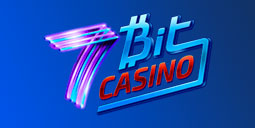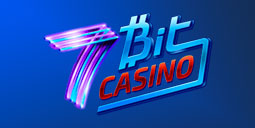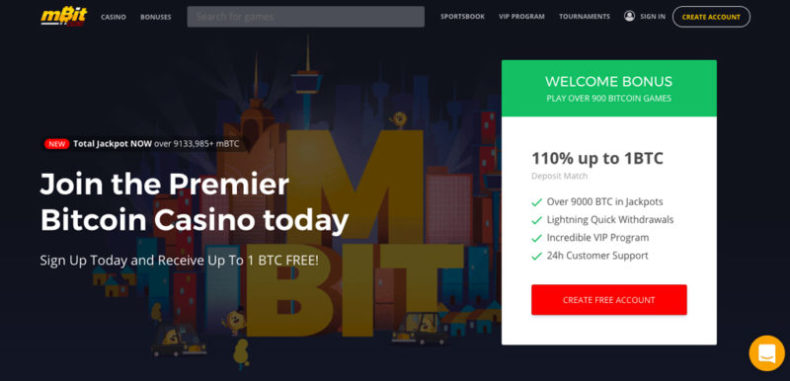LND, the Lightning implementation most popular amongst app programmers, as an example, recently added a feature that automates creating a channel between the sender and receiver when users deposit cash, “so that consumers don’t have to understand everything this way,” he said.
“[To these engineers,] I’d hope you’d go ‘oh take your own time, do you enjoy any water?’ However, the community seems to be similar to ‘it not here tomorrow?’ I think users over-estimated Lightning’s deadlines,” he said.
So far they’re fairly confusing to utilize, although it is promising that apps supporting Lightning for a payment method happen to be gearing up. A great deal of the cables are popping out into view.
And, who will adopt it first?“We need more hours in the day. … You’ll find 10 or fewer fulltime programmers working around all implementations of Lightning. Getting more subscribers and individuals building the protocol out would certainly help move things along,” she informed CoinDesk.
Before Lightning is usable what measures are abandoned? Inkjet engineers have some thoughts.
The chief in blockchain news, CoinDesk is a different media outlet that strives for the highest journalistic standards and abides by a strict set of qualitative policies. Interested in providing advice or your expertise ? Get in touch with us in news@coindesk.com.
“Should you ask a normal individual what they would like to pay with, they’d likely go with Apple Pay because that is what they’re used to,” he said.“What is bitcoin? Can I buy, like, pizza with it?”
Mallers claimed Lightning “will really alter the way that individuals send money to each other on a day to day basis.” But he believes the community may have expectations for how long it will take that to be achieved by engineers.
“There is a bit of a bootstrapping issue. We have to have apps to promote wallets and wallets to promote apps,” said Bosworth.
Inert gas image via Shutterstock
Asked by sports blogger Dave Portnoy in his inaugural movie as a bitcoin investor, the comment cuts to the core of a truism regarding the network: while it has been billed as a “digital money,” it is actually not all the useful for obligations now. In short, you’re quite unlikely to stumble to a bodega that takes it (if you even wish to spend it).
Mallers agreed that before the mainstream can be reached by quad these technical hurdles will need to be solved.
Released at Sat, 09 Dec 2017 10:45:37 +0000
That’s not to say he believes it’s going to happen straight away, however.
High expectancy
“That material will surely be concealed daily,” said Mallers, imagining that Zap will one day look closer to Venmo, an app for sending small amounts of cash to friends. “Finally peers on the system will just look like contacts onto your phone.”
That’s why among the most talked about technologies now is your Lightning Network.
Then there’s the question: Can users really wish to utilize bitcoin? Even with faster, cheaper trades set up?Hiding the cables
“As far as Lightning Network altering the world — in which I could wave my phone and pay for items and things will appear — I’d say it will take a year or two,” Mallers mentioned.
A quad background app, zap, requires consumers to configure plug and their own node in its IP address, as an example, a far cry from the current money apps that hide these technical information.
And, after Lightning’s up and functioning, engineers anticipate additional subtle technical challenges, such as having the “network arrangement” directly, Burchert said. Bad actors may have the ability to halt trades or consumers may want to have more control over where their trades are moving.It’s the test that has some when users could at last transact setting to the test awaiting a long run criticisms and assumptions.
“Whenever you’re constructing a new financial protocol, you would like to make sure it is secure as possible, thus we’re focusing on various security-related attempts,” said Elizabeth Stark, co-founder and CEO of Lightning Labs, one of a couple of startups dedicated entirely to the technology.
Bosworth said:
Alex Bosworth, developer of Lightning apps HTLC.me and Yalls alluded into some similar issue.
Measure one, the technology
“I remember that period as being fairly exciting due to all of the opportunities that were going to fall out of internet browsers. This reminds me a lot of this.”
“In the near future most issues are going to be about getting Lightning to function in clinic,” Korean college ETH Zürich researcher Conrad Burchert told CoinDesk.
And, even if bitcoin trades become quicker and cheaper (due to Lightning) then familiar payment apps, such as Apple Pay, he believes users will likely be cautious at first.
Maller argues this is happening .
The engineers still must release software Though Lightning took a significant measure this week. Thus, the first and most obvious step would be to let Lightning out of the cage whether users have any issues and also to watch and see.
Bosworth provided a similarly positive take: “[The Lightning Network] might be similar to the WWW was going to email. It may take a while to develop, but the longer it grows the better it will receive.”“It’s fairly close to working to the point where the people can experiment with actual cash, but not necessarily at the stage where people are able to run a business on it quite yet.”
Founded as much back as 2015, ” Lightning has improved over time, migrating to prototype, out of newspaper that was white, to a more advanced model.
Stark concurred, adding that despite the assurance of the technologies, there are astoundingly programmers working on it right now.
“The one thing that could speed up it is much more engineers.”
Programmers were optimistic that Lightning might help achieve the dream of making bitcoin a payment system that is usable although it may take some time to iron out these problems. Rome was not built in a day. And neither were the web or computers, which each took decades to reach men and women.
But that is not to mention that engineers aren’t working on addressing the matter.
Another piece of the puzzle is creating the Lightning apps simple to use.
He added that Adam Bosworth, his dad, led the tech team in 1995, just like the internet was eventually making its way out of research labs to people.
Chicken-and-egg difficulty
Instead of updating bitcoin’s underlying software (which has been demonstrated to be a messy process), Lightning basically adds an excess layer to the technology, one where trades could be produced more cheaply and quickly, but with, precisely, exactly the same security financing of the blockchain.
Just as Jack Mallers, developer of Lightning desktop app Zapp, put it:
Bitcoin developer Alphonse Pace believes it might be challenging for Lightning to accomplish a “network effect,” where consumers have an incentive to utilize the technology because other individuals are using it.
In conversation, Lightning developers hope to overcome these hurdles. But they think it takes some time.
“All of that will need to get ironed out earlier I’d advise a company to start to rely to the Lightning Network for Company or cash They can not afford to lose,” Mallers said, including:
“It’s a chicken-and-egg issue,” said Pace. “Wallets will want individuals needing to use it to support it, and folks will want wallets to support using it.”
“At this time the Lightning Network still likely favors technical users. Slowly but surely we will outline a good deal of the stuff away, therefore it is just about paying and getting money.”
Lightning - July 2025
EXPERTLY REVIEWED
MOBILE FRIENDLY
FAST PAYOUTS
- CasinoRatingBonusVisit Casino
Get your 100% Match Bonus up to $1000!
200% match bonus up to 2000
Up to 5 BTC
Get up to 1 BTC on First Deposit!
Get your 5 BTC Welcome Bonus
Bitcoin Current Price
Top Rated






Search
Casino List
- 7bit Casino
- Bovada Casino
- Bitstarz Casino
- Ignition Casino
- Sun Palace Casino
- Aladdin's Gold Casino
- Casumo Casino
- Lucky Red Casino
- Fortunejack Casino
- Mbit Casino
- Mars Casino
- Club World Casinos
- Slotocash Casino
- Drake Casino
- Grand Fortune Casino
- High Noon Casino
- Royal Ace Casino
- Cafe Casino
- Raging Bull Slots
- Oshi Casino
- Betchain Casino
- Casino Extreme
- Vegas Casino.io
- Bitcoin Penguin Casino
- Joe Fortune Casino








